I will give today a tribute to one of WED most legendary attraction, the Carousel of Progress, with great pictures and videos, and Walt himself describing this beloved attraction!
Created by both Walt Disney and the Imagineers of WED Enterprises as the prime feature of the General Electric Pavilion for the 1964 New York World's Fair, the attraction was moved to Tomorrowland at Disneyland Park in Anaheim, California, remaining there from 1967 until 1973. As we know, it was replaced in Disneyland by America Sings in 1974, and reopened in 1975 at Walt Disney World's Magic Kingdom.

Steeped in both nostalgia and futurism, the attraction's premise is an exploration of the joys of living through the advent of electricity and other technological advances during the 20th century via a "typical" American family. To keep it up with the times, the attraction has been updated five times (in 1967, 1975, 1981, 1985, and 1994) and has had two different theme songs, both written by the Sherman Brothers.
Various sources say Walt Disney himself proclaimed that the Carousel of Progress was his favorite attraction and that it should never cease operation. This can be somewhat supported by Imagineers, family and friends, who knew of his constant work on the attraction. Of all the attractions he presented at the 1964-1965 New York World's Fair, Disney seemed especially devoted to the Carousel of Progress.

General Electric approached Walt Disney to develop a show for the company's pavilion at the 1964-1965 New York World's Fair. Walt leaped at the chance to rekindle his relationship with GE, who would fund the project and the new technology necessary to bring it to life. Reaching back to Edison Square, Walt Disney again pitched the idea of an electrical progress show to General Electric executives and they loved it.
The show opened at the Fair as Progressland and was one of the most-visited pavilions at the Fair. The Carousel of Progress then opened at Disneyland Park on July 2, 1967, as part of the New Tomorrowland. Due to the success of the attractions Disney created for the Fair, General Electric agreed to sponsor the Carousel of Progress at Disneyland.

Walt Disney asked Disney songwriters Richard M. Sherman and Robert B. Sherman to create a song that could serve as a bridge between the "acts" in the show. Walt explained to the brothers what the show was about, and they wrote a song with his enthusiasm in mind. The song was titled "There's a Great Big Beautiful Tomorrow". The Shermans later stated that they believe that the song was Walt's "theme song," because he was so optimistic and excited about the future and technology itself.

In the first video below, right after the Leonard Matlin intro, Walt is with the Sherman brothers rehearsing the song. And he stands near the model of the attraction which was going to open at the New York's world fair, General Electric pavilion.

During the planning phase, Disney's Imagineers perfected the Audio-Animatronics technology necessary to operate the "performers" in the show. They were not the most advanced, but it was enough to get the show running. The technology used in Walt Disney's Enchanted Tiki Room and another attraction designed by Disney at the 1964-1965 New York World's Fair, Great Moments with Mr. Lincoln, made the Carousel of Progress possible. Besides the AAs, the Imagineers (led by Disney Legends Roger E. Broggie and Bob Gurr) also devised a "carousel theater", so that the audience rode around a stationary set of stages instead of walking from stage to stage.
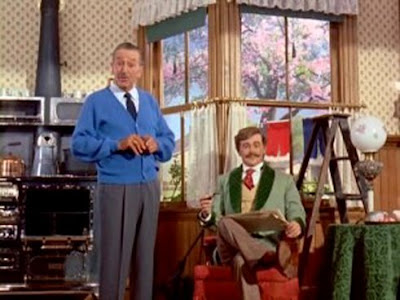
In this next video, Walt introduces the Audio-Animatronics to the audience.
The basic plot of the Carousel of Progress show has essentially remained unchanged since it debuted at the 1964 New York World's Fair. It is divided into six scenes, with the audience seats rotating between each scene around the stage mechanically within the outer part of the theater building.
The first and the last scenes are basically identical and involve the loading and unloading of guests. The other four scenes, or "acts", depict an Audio-Animatronic family, narrated by the father, interacting with the latest technology and innovations during a particular era. Not much is known about the family: we do not know their last name, where they live (aside from being somewhere in the United States), or if they ever change location. The family does not (nor are they meant to) age 100 years. They age 3–5 years as the show progresses, to demonstrate how slightly older individuals can better enjoy new technology. Each of the four scenes is set during a different season of the year, just for variety. Also, each of the scenes features a male dog, who once, or twice, barks or growls, causing the father to firmly command their canine to stop interrupting his talk. Let's see some pictures of the attraction, if possible in chronological order, as there is a chronology.
The first act takes place during Valentine's Day around the 1900s and features the family using the new innovations for that era, including gas lamps, a kitchen pump, a hand-cranked washing machine, and a gramophone. A mention of the St. Louis World's Fair dates the scene to 1904.




The second act features devices such as radio, a sewing machine, and a homemade cooling device during the 4th of July in the 1920s (the Charles Lindbergh reference makes the most likely year 1927).


The third act, set around Halloween in the 1940s, has the family interacting with technologies such as an automatic dishwasher, television, and a homemade paint mixing system.


The final scene is set around Christmas and depicts the family interacting with the technology of the present day. As such, it is the act that has received the most changes since the show debuted in 1964. While the original final act featured the family's home in the 1960s, the current finale, which was introduced in 1994, shows the home in the 2000s with high-definition television, virtual reality games, voice activated appliances, and other recent innovations.
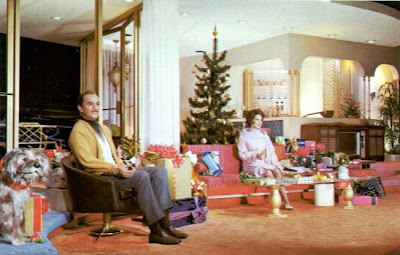

One more thing: The Carousel of Progress holds the record as the longest-running stage show, with the most performances, in the history of American theater!
And now, for those of you who miss the attraction - but we all miss it, don't we? - here is a great video of the whole show by ru42.
But some of you may remember the OTHER version of Carousel of Progress, with a different song "Now is the time". Personally, this one was my favorite theme, and here is, in two parts, videos of this version, thanks to "magicalthemeparks"
Discuss Carousel of Progress with us on MiceChat - Is NOW the best time of our lives, or is there still room for PROGRESS in Tomorrowland?
For more facts about the attraction, have a look HERE
Photos and making-of videos: copyright Disney Enterprises Inc.
ru42 video: copyright ru42
Last videos copyright magicalthemeparks
Many thanks to ru42, magicalthemeparks, freedogshampoo and mfiles2000 for the youtube videos and to Wikipedia for part of the text.










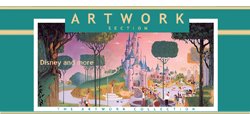
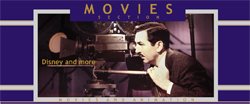
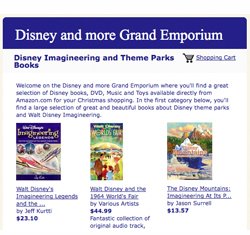


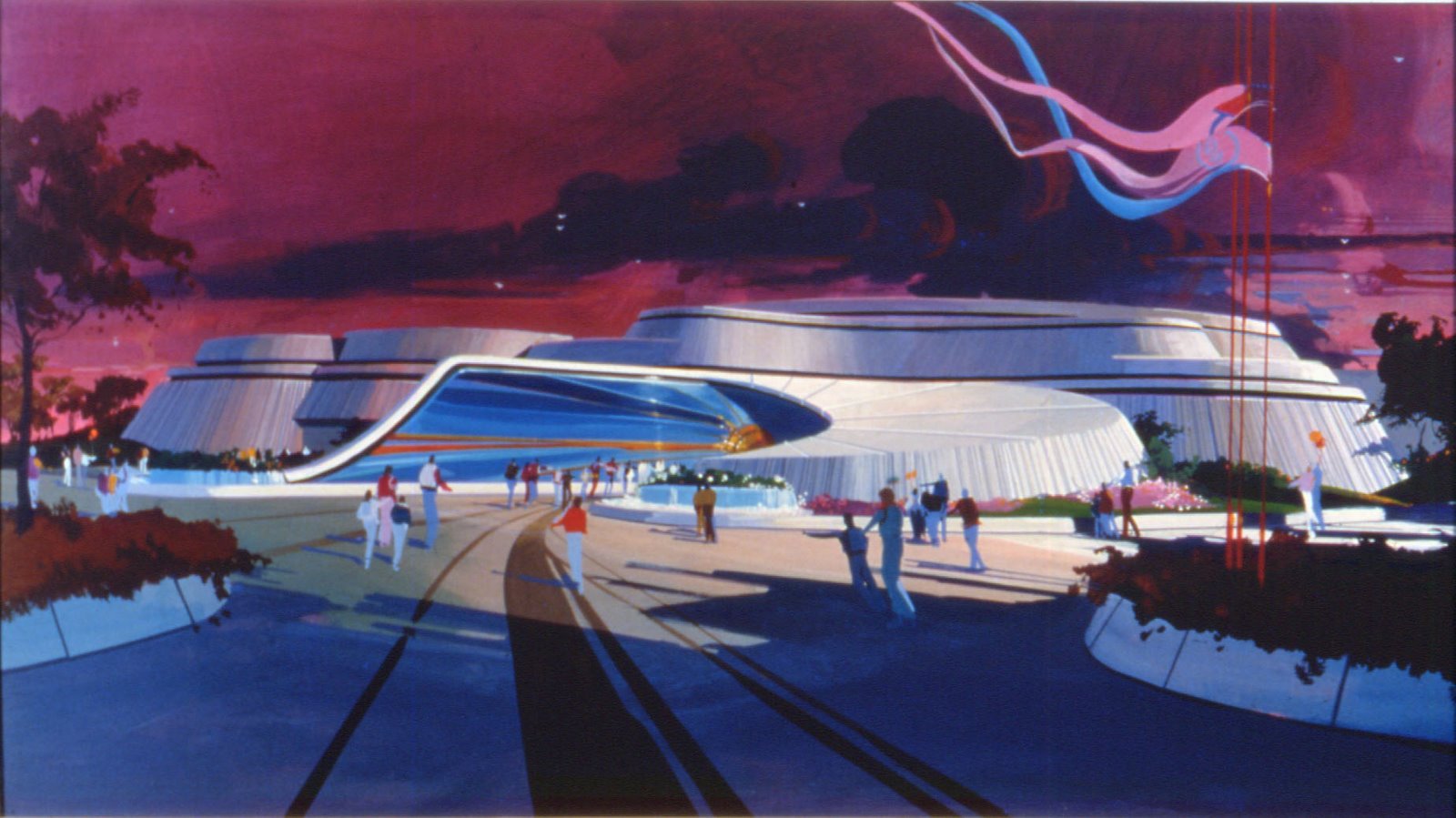







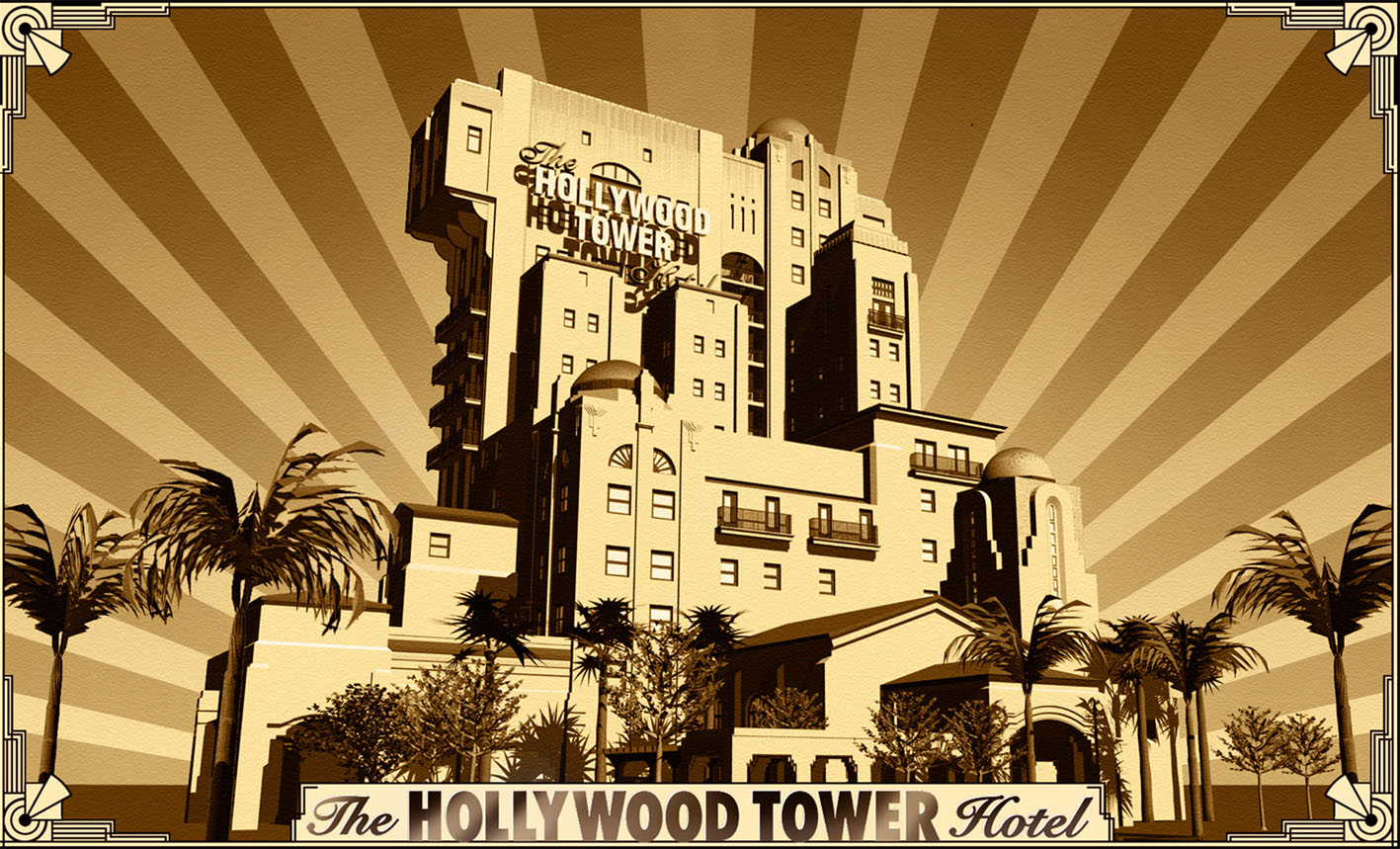


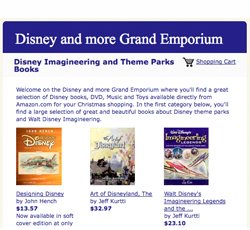
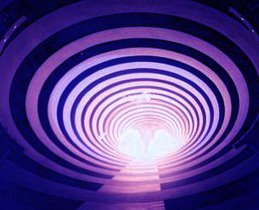
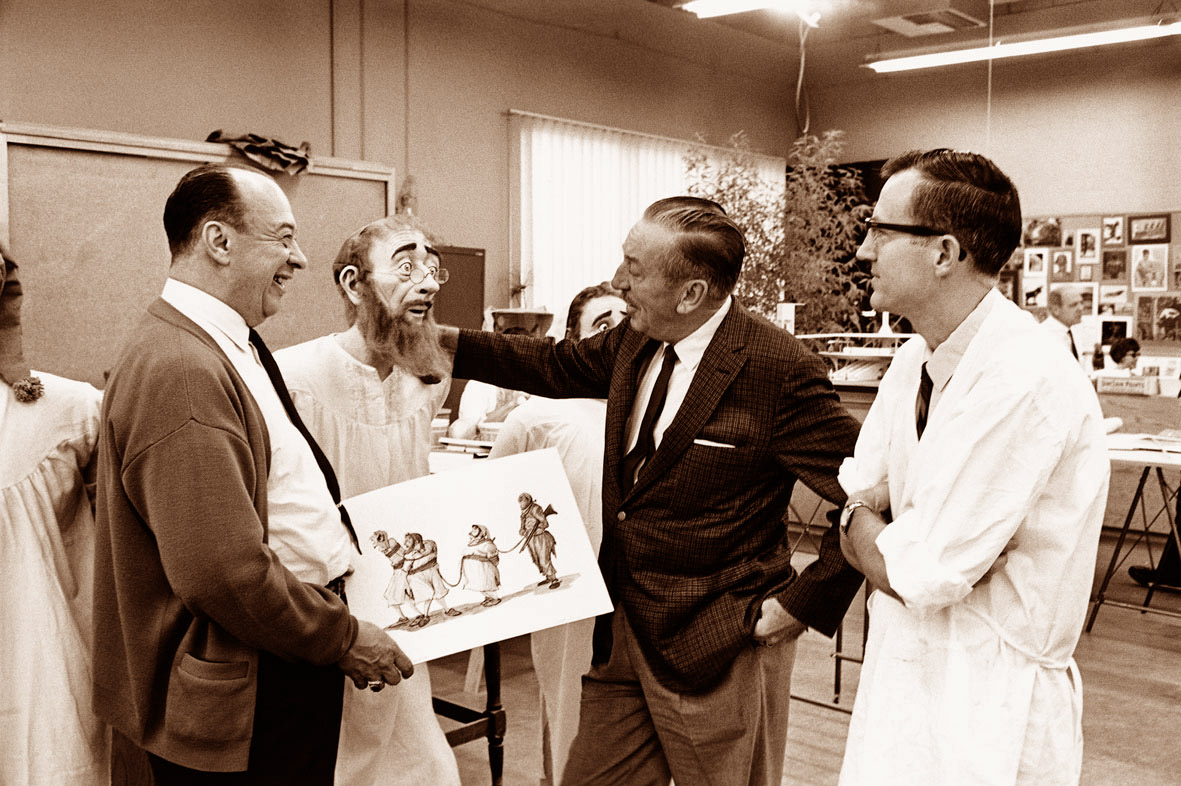
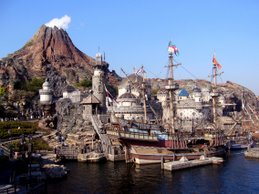

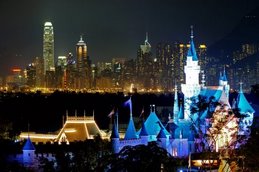

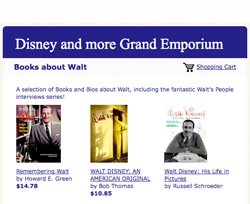









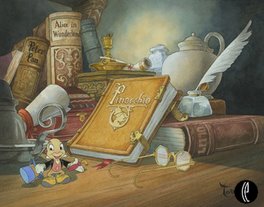
2 comments:
I first saw Carousel of Progress at the Disneyland New Tomorrowland in 1967. In 1974, it was taken out and sent up to WED Enterprises for a rehab and updating. If you love antiques, this was the Disney WED Show to work on, as the early scenes were very rich in Pre Horizons techno and Americana. They inspired me to add and restore a 1921 Wedgewood wood and gas burning stove to my own WED kitchen. The 1920's one in the show on legs was strickly gas. We updated the 1960's kitchen at that time which is anouther good story. Gal Pal Esmeralda would love for it to return to it's original carousel at Disneyland.
I really love this attraction. It should always be updated to add new last scenes and should really never leave the MK. It has that feeling of vintage Disneyland attractions that is missing from the new ones and it reminds me of my childhood, of my first visit to the MK. It's also, of course, a great Tomorrowland attraction, from a time when it was still Tomorrowland and not Pixarland.
Post a Comment